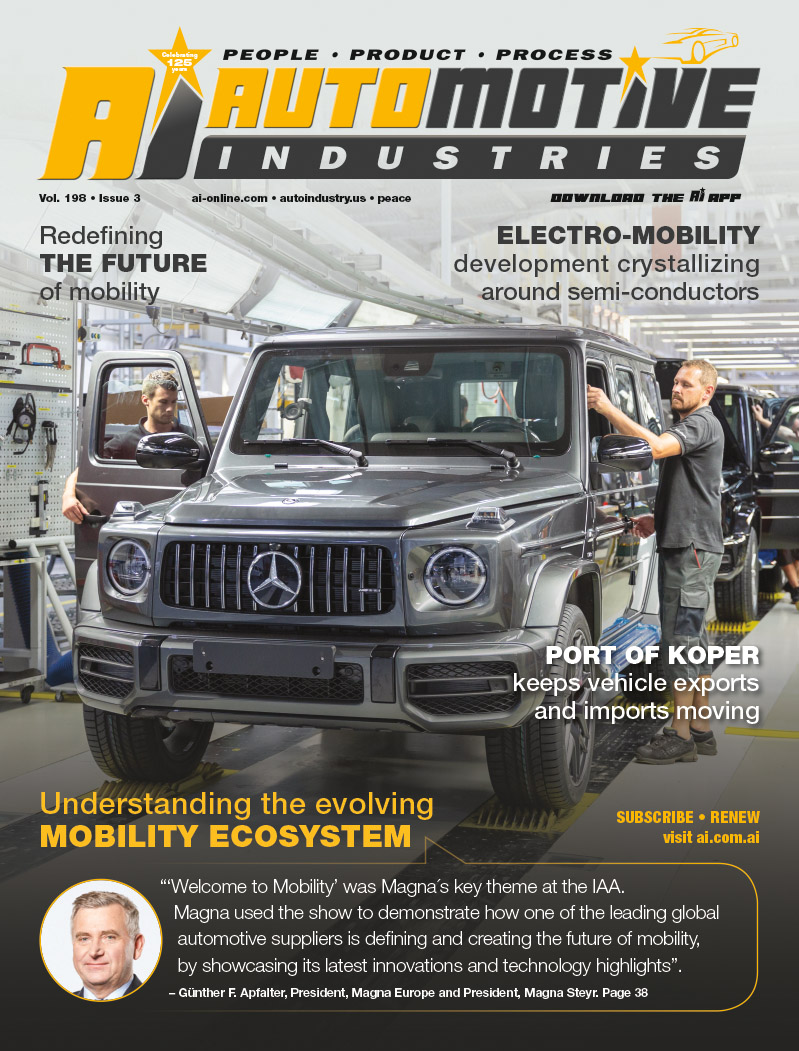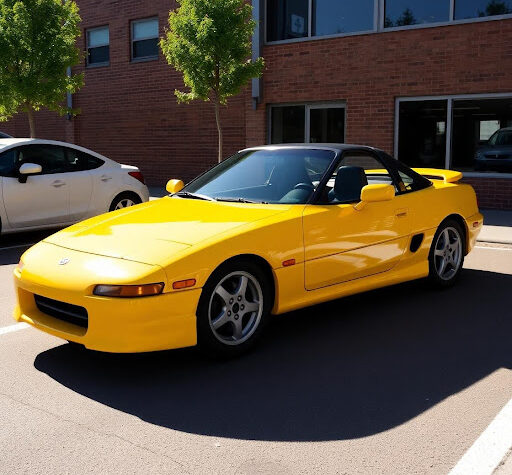
Johnson Controls, a leading global supplier of automotive interior systems and electronics, and German technical inspectorate TÜV Rheinland investigated car drivers’ expectations regarding head restraints, their functionality and to what extent head restraints have an influence on the purchase decision. This initiative resulted in the joint study “Voices into Choices” to ascertain customers’ needs and the level of customer satisfaction regarding car head restraints. 900 drivers from Germany, France and the USA were asked to give their opinion on their head restraints and about what they expect from them in future cars. The results of this study reveal: automakers aren’t exploiting the full comfort and safety potential of head restraints.
The head restraint study covers vehicles from the small, compact and upper medium segments, reflecting the opinions of drivers from a car pool representing more than 20 different models. The main focus was on safety, functionality, comfort and production quality. The focus group consisted of owners who had bought or leased a new car during the past four years and ultimately made their purchase decision.
The study conducted by Johnson Controls illustrates that car drivers want their head restraints to be easily adjustable to personal requirements, intuitive to use, but still offer a high level of safety. It also stresses how diverse drivers’ demands on head restraints are, a fact particularly highlighted by taking a closer look at safety and comfort aspects. 90% of the German drivers surveyed see head restraints as safety elements, with comfort a minor point. “Our study found that protection in a crash is the most important demand on head restraints. It also showed that ease of adjustment, soft padding, and a position close to the head are seen as requirements of head restraints,” declared Dr. Frank Schierge, Head of Innovation and Market Research at TÜV Rheinland.
Top priority for French and American drivers is to enjoy the entire journey in a comfortable sitting posture, without the head being pushed forward or to the side. They prefer perfect adjustability, comfortable upholstery, plus ease of adjustment and operation. 34% of the US and 32% of the French drivers who took part in the survey viewed head restraints more as a comfort than a safety feature.
Desire for greater comfort with the same degree of safety
One fundamental comfort functionality the participants in the study highlighted is a greater degree of adjustability of future head restraints, which are regarded as very important when it comes to seating comfort. Only when the overall seating comfort is right will a prospective customer actually decide to buy a particular car, especially in France and the USA. The average customer satisfaction ratings in respect of the comfort offered by head restraints fitted in participants’ current vehicles reveal that there’s still big potential for optimization: 45% in Germany, 34% in France and 39% in the USA.
“The study has provided us with a deeper understanding of what car drivers expect from head restraints. It has also highlighted key criteria that all head restraints should fulfill from the consumer’s point of view. The desire for greater comfort while maintaining the same level of safety will be incorporated into the development of new models,” said Paul Elliott, Vice President of the Global Product Center JIT Assembly at Johnson Controls Automotive Experience.
About Johnson Controls Automotive Experience
Johnson Controls Automotive Experience is a global leader in automotive seating, overhead systems, door and instrument panels, and interior electronics. We support all major automakers in the differentiation of their vehicles through our products, technologies and advanced manufacturing capabilities. With more than 200 plants worldwide, we are where our customers need us to be. Consumers have enjoyed the comfort and style of our products, from single components to complete interiors, in over 200 million vehicles.




More Stories
TomTom’s Orbis Maps with 3D Lane geometry set new standards for mapping precision
Accelerating The Development of Hydrogen Vehicles & Infrastructure – Europe’s Biggest Players Meeting at Premier Event
Automotive IQ Announces the 15th Annual Automotive Functional Safety Week 2025